When you compare the sorrows of real life to the pleasures of the imaginary one, you will never want to live again, only to dream forever.
Alexandre Dumas, The Count of Monte Cristo
The place: Le Port Marly - Château de Monte-Cristo, visited Wednesday 4th April 2018
and the film: Le Comte de Monte-Cristo seen on Saturday 15th March 2025
Look. It’s not the book. It’s a fantastic film. And, if it is true that a picture’s worth a thousand words, maybe it does come close to the original book. Costumes are particularly wonderful, weaving and embroidery close-ups precious, soft, and textural; the châteaux (in Malta?) evocative, stately, and groomed; the landscapes, the pathways, and, My God the HORSES! Les chevaux of incredible beauty, no spindly race horses here, these are the real deal, strong, handsome, and polished, pulling entirely believable carriages. Indeed, the art design takes the breath away with every shot. And the story flows, just as Dumas ordered, with passion, action, and REVENGE!
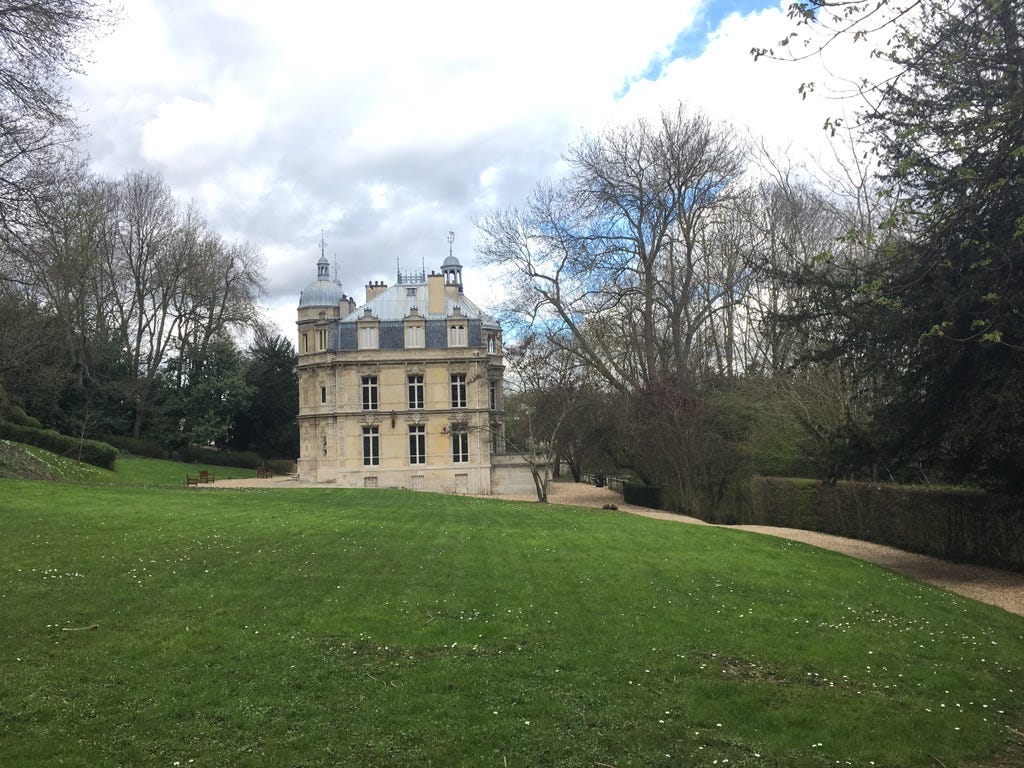
On the way to Paris in 2018, thinking Bibliomancy, I opened the International New Testament (without my glasses) for the verse of the day: Hebräer, Kapitel 4: 12 - Denn das Wort Gottes ist lebendig und Kräftig und schärfer als jedes … so that’s good. *
The next day I boarded a train to Marly-le-Roi (so much graffiti around Paris and none of it beautiful) and found a bus to take me closer to the Château. The driver seemed to understand where I was headed. I arrived at lunchtime to find the Château shut. I found a little park where the spring flowers peeped, the little birds cheeped and the children shrieked. Luckily I’d bought some lunettes de soleil at the Gare Saint Lazare to prevent being dazzled.
There were so many things to consider as I sat in the sun. Milady was beginning to take shape. In the beginning I had tried writing in the first person. It was a wrench to rewrite but, in my mind, the third person restricted point of view worked. I wanted to send Anne to Blois. I was in love with the image of Marie de Medici (with Anne’s encouragement) climbing out of the castle’s window and tumbling into a little boat in the moat to wreak vengeance on her naughty son, King Louis XIII. I considered a meeting with Richelieu earlier, before he became foreign minister. He was known to have had an eye for the ladies, in fact he’d been treated for syphilis early in his career. Could Anne have taught him the saraband that caused him disgrace with the Queen? I’d gathered so many historical tidbits and flavours (Blois? Troyes? Witches?) I wanted to add them all to my little stew. Like Dumas cooking for his friends.
It must have been like that preparing for this 2024 film. I take my hat off to the writer and director team, Alexandre de La Patellière and Matthieu Delaporte, for their storytelling. (Wait a minute! Alexandre Dumas Davy de la Pailleterie, and Alexandre de La Patellière - are not these names very similar? Related? Reincarnation?) They have concocted a wonderful adventure from Alexandre Dumas’s oeuvre - and I use that word advisedly as it is the last credit in the film - given they are not presenting Dumas’s book but put the original book into a blender, made a soufflé, then dissected a hashish-inspired spine out of the foam. So much is missing, characters, plots, places, rightly tempting readers to come back and choose the long, in-depth, scenic route of the full book later. BUT there are spectacular fight scenes, every actor has at least one intense moment to show off their acto-plasm, and the sound swells in all the right places to carry floods of emotion. It’s GREAT FUN!
Back in 2018, at the museum, two women opened the gift shop - it’s both entrance and exit at Monte-Cristo - and at two pm I follow two more women as they went into the office. Four women working for Dumas. He’s still got it! You can buy his books and musketeer type things: puzzles and swords, costumes and children’s books. There is a little lawn theater, a garden for Haydée, a dragon fountain, some grottos to make you think of Monte-Cristo, and a little gothic house in a moat, for his private writing purposes nicknamed Château d’If after the terrible prison.
I love the idea of him sitting in his writing house - you can look in through a window and see the office set up as it might have been. He would write screeds with no punctuation and then jump up to kill things or cook them or both.
He was always the wittiest man in the room. He would have been bored if he wasn’t there. He was cheeky and rude, particularly to other writers. He remarked upon a sleeping patron at the theatre describing the slumber as a critique upon the play. But the next night another onlooker accused Dumas himself of sleeping. Dumas replied, ‘Ah, but it is the same fellow - he has not woken up yet’.
Not sure of the original layout of the big house but the Moorish room is lush. The rooms seem too small to house the large parties reputed to be offered there but the restoration is evocative. You will find that Arab flavour in the film, the decorations and costumes at the Count’s mansion near Paris beautifully expressed. According to this website, the Art Director was Stéphane Taillasson and the Costume Designer was Thierry Delettre, no doubt both will receive accolades.
Many portraits of the great man hang about the place, in photos, sketches and paintings. There is a nice image of his pet history teacher and storyliner, Macquet.
Another is a crowded cartoon of the leading lights of the day showing Dumas enjoying himself and sure enough, Macquet is to be found on a box away from the main crowd. And, in a sketch numbering the main characters of Dumas’s oeuvre, there is Milady! She is number 17. She’s in the lower left hand corner, fainting away from the sight of the Executioner wielding his big sword. Not on the banks of the river, but by a wall, for design rather than accuracy. I feel some sympathy in how the artist might have felt trying to line up all those characters.
And so the producers of the film must have struggled. The Count of Monte-Cristo is not perfect by any means, prepare for some inconsistencies: in the grim prison our hero, Dantés, lies in full sun while his neighbour, the Abbé is bathed in candle light. Where did the long-term prisoner get candles? Could he have fashioned them from his own greasy hair? When Dantés is chucked into the drink (the book is nearly two hundred years old - you know the spoilers already) we accept our plucky hero has been body-building, could easily avoid smashing into rocks, swim one and a half kilometres, arrive on land, walk home, sniff the laundry, be met by an angry woman with a gun who gives him many plot points, food, clothes and a haircut before he gets on with the rest of his voyage in a beautiful yacht. We accept the masks, anyone can wear a false face, one assumes the actor came with the tattoos, slightly incongruous, but accepted due to sailing, but then why did Dantes say he could not speak any other languages when as a sailor he must have been familiar with most Mediterranean languages?
Dumas was not interested in logic or continuity or consistency when he had adventure to face! Final word? As my muse, I think I can safely say, Dumas would have adored it. Go.

* Hebrews, Chapter 4: 12 - For the word of God is living and powerful and sharper than any …
MILADY has published her tenth episode! Thank you so much for your continued interest in her life. Hopefully you will find as much amusement as I did reading the story for you. I would be delighted if you could let me know what you think of her first decade. And keep listening!







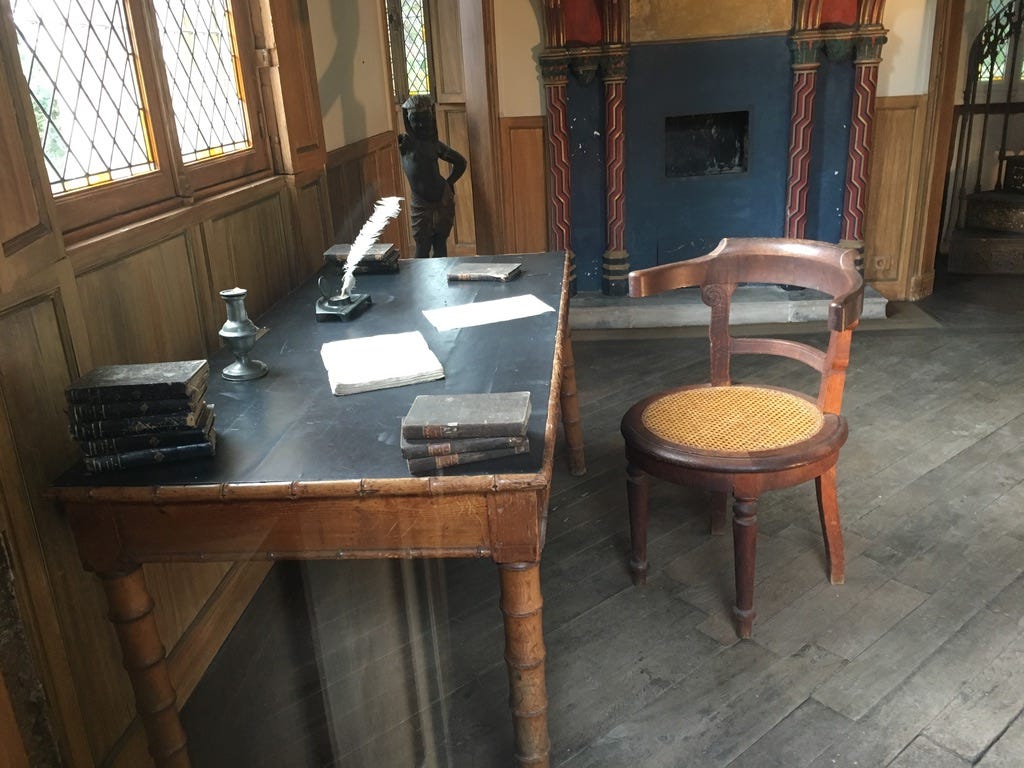
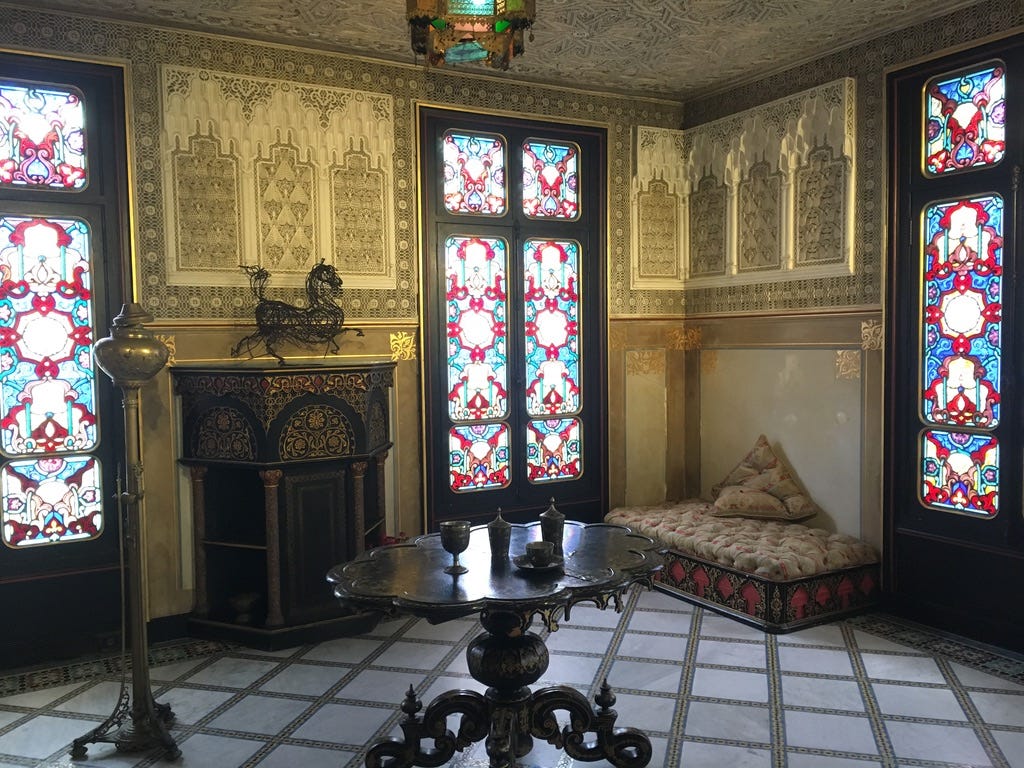
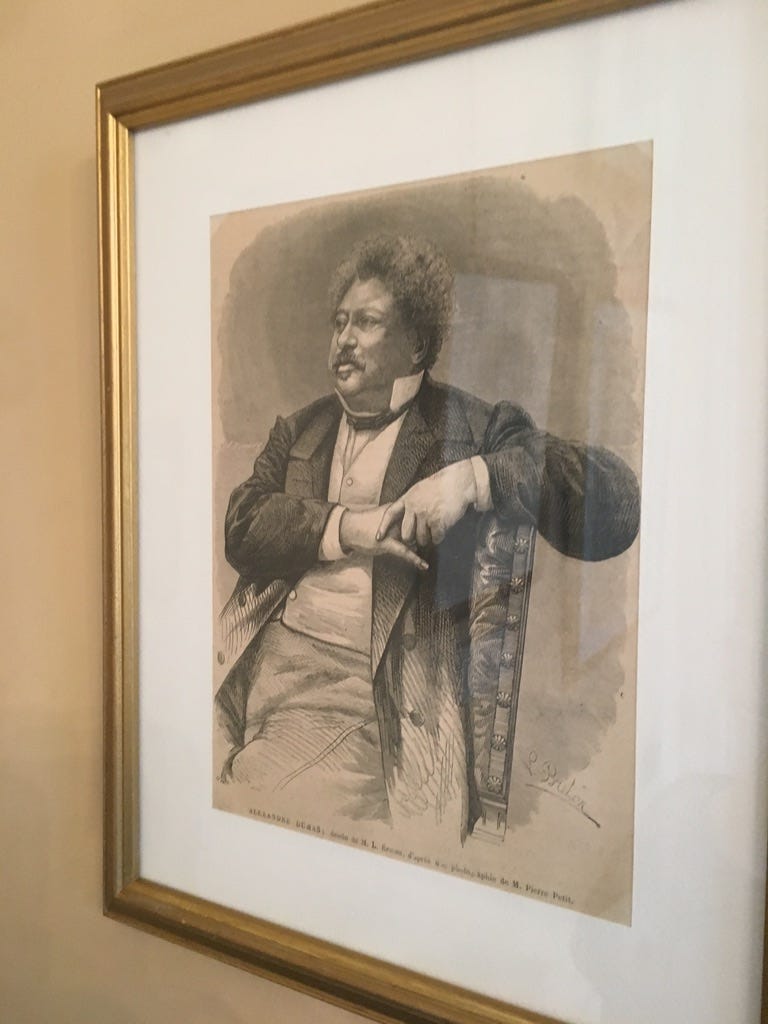

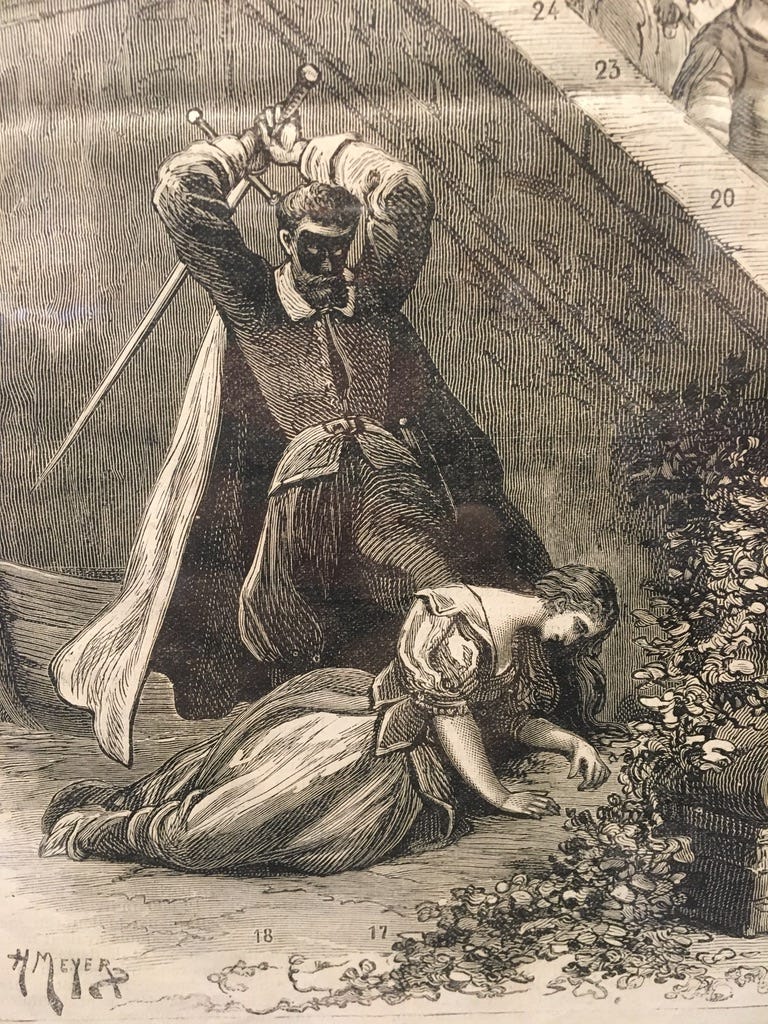
Love the mash up of the film and 2018!